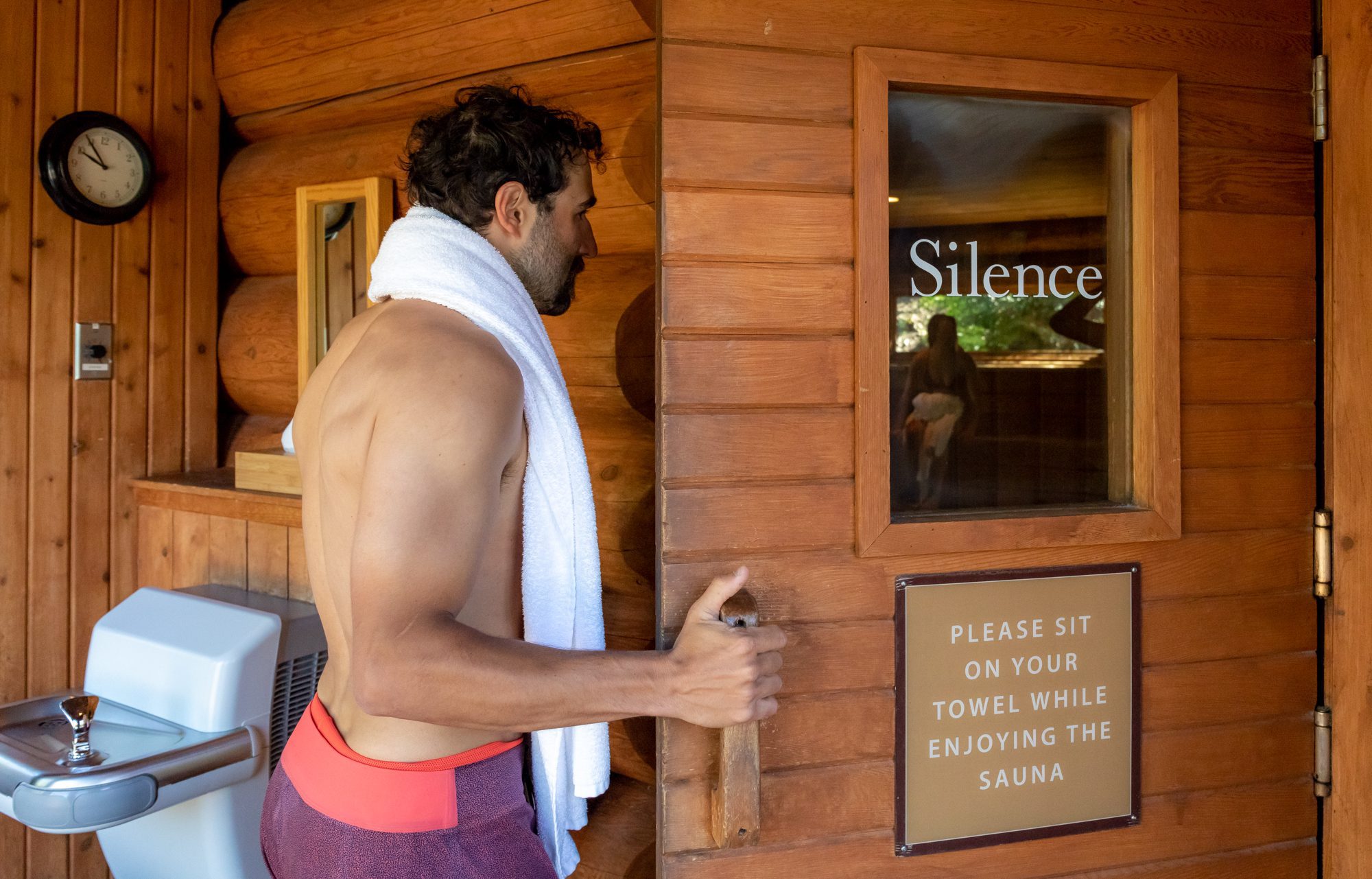More time to unwind every day. Now open from 9 a.m. to 10 p.m.
Learn moreThe last 20 years have seen a boom in well-controlled research that strongly supports the use of cold water immersion and contrast therapy (cold-warm and cold to very warm) as part of recovery and regeneration. However, I think you would have to consult an anthropologist to accurately understand the centuries, or perhaps eons, that humans have been benefiting from cold and hot spring water immersion, saunas, and other similar environments!
For our athletes, the benefits of contrast therapies are based and backed by science. After tough on-snow sessions, where there are lots of impacts to the body, utilizing cold water immersion allows us to expedite recovery, improve sleep, and lead to high-quality training or competition the next day. We can also enhance our mobility training, by having athletes spend 10 minutes in a sauna, followed by 30 minutes of stretching in one of the spa’s solarium environments. This approach is also very suitable for athletes wanting to spend time meditating, visualizing, or working on breathing techniques that we prescribe.

A further benefit for our athletes (that I also personally enjoy), is the emotive and psychological benefits of visiting a silent spa. The emotional aspect of recovery and wellness is something that can be easily overlooked in the science of recovery. This is, despite the fact that emotional state and mood has a profound impact on our entire body (not just muscles, but digestion, decision-making, etc). When you visit the spa, the first thing you must do is unplug. For our athletes, and for society as a whole, this is something that is all too rare and a very welcome benefit to our recovery and regeneration approach.
Blog Written by Jeremy Sheppard,
Director Performance Solutions, Canadian Sport Institute Pacific